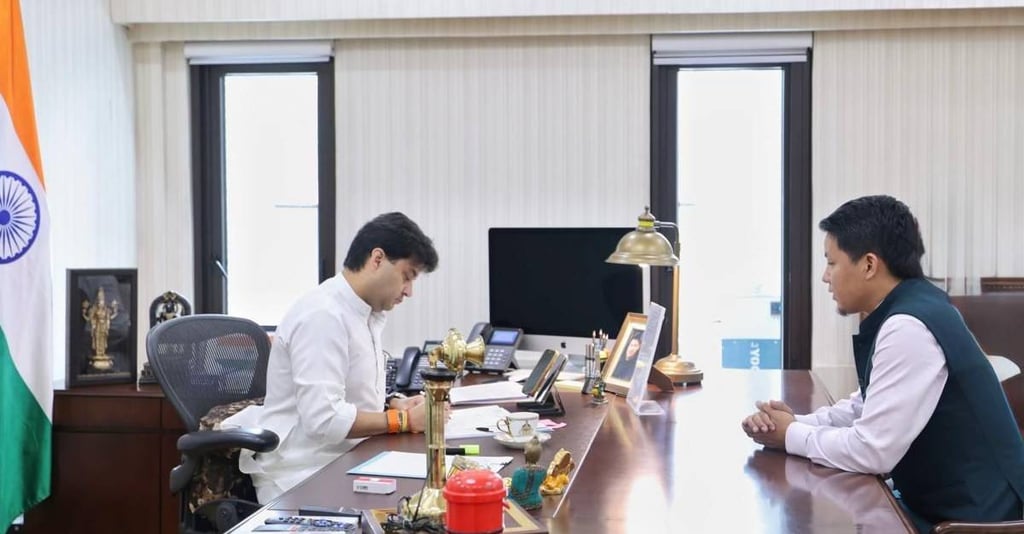Sikkim MP urges centre to revamp telecom policy for hilly states, cites terrain challenges
Dr. Subba raised a key issue in the existing connectivity model used by the Department of Telecommunications (DoT), which relies on revenue villages as the smallest unit for evaluating mobile and internet access.
LOCAL


Highlighting the persistent digital divide in Sikkim’s mountainous regions, Dr. Indra Hang Subba, Lok Sabha MP from Sikkim, has urged the Union Ministry of Communications to adopt a new telecom model tailored to the unique topography of the Himalayan State. In a detailed memorandum submitted to Union Minister Jyotiraditya M. Scindia on July 25, Dr. Subba called for urgent reforms in how village-level connectivity is assessed and demanded faster expansion of optical fibre coverage under the BharatNet programme.
Dr. Subba raised a key issue in the existing connectivity model used by the Department of Telecommunications (DoT), which relies on revenue villages as the smallest unit for evaluating mobile and internet access. Sikkim has 427 such revenue villages. However, Dr. Subba noted that this model fails to reflect ground realities, as each revenue village may consist of several scattered hamlets separated by forests, rivers, and steep terrain.
“A single revenue village might have one part with network access while another, just a few kilometres away, remains completely unconnected due to physical barriers,” Dr. Subba explained in his memorandum. To fix this, he proposed that the Centre consider Gram Panchayat wards — of which Sikkim has 1,149 — as the more suitable unit for digital connectivity planning. These smaller administrative units are closely aligned with actual settlements and better reflect population clusters.
